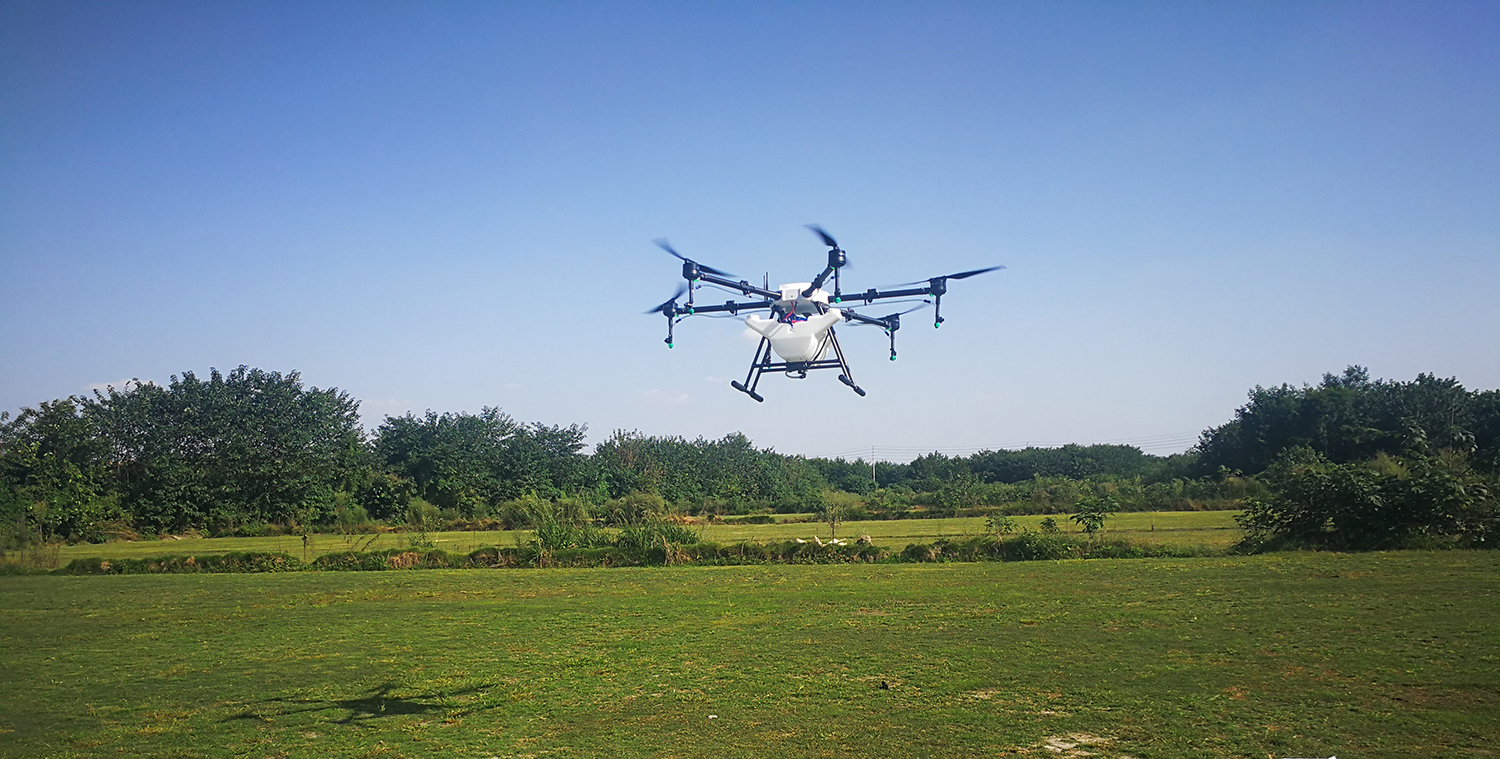The application of plant protection by drones

1. Soil analysis
Soil analysis is the first work to be done before crops are planted. In the case of traditional agricultural production methods, few people conduct soil analysis. The main reason is that there is no technical support. It has soil analysis techniques that can be used for early soil analysis. Plant protection drones can automatically generate 3D maps of planting areas to help farmers plan seed planting patterns and make rational use of resources.
2, seed planting
As far as traditional agriculture is concerned, the cultivation of neutrons is done by people themselves, and it is not only time-consuming and labor intensive. The agricultural plant protection drone can use compressed air as the power to shoot the seeds into the soil, which is efficient and fast. Planting with agricultural drones can increase the absorption rate of crops by 75%, while also reducing planting costs by 85%.
3. Pesticide spraying
Pesticide spraying is an indispensable disease prevention measure in the production process of crops. In the past, pesticide spraying methods, farmers need to be exposed to pesticides, and there are hidden dangers of pesticide poisoning. The agricultural plant protection drones work through remote-controlled drones when spraying pesticides, and do not get in close contact with pesticides to avoid poisoning. During the spraying process, the ground crops can also be scanned, and then the appropriate amount of pesticides can be sprayed in real time according to the density of the crops to save the potion. According to experts, spray drones are used to spray pesticides five times faster than conventional machines.
4, crop monitoring
Crop monitoring is generally inefficient due to the wide acreage and extreme weather conditions. The use of agricultural plant protection drones for crop monitoring enables real-time monitoring to help farmers manage their crops.
5. Land irrigation
The growth of crops inevitably requires irrigation. In the past, farmers used their own experience to judge whether the soil needs irrigation. Sometimes, too much irrigation and sometimes less irrigation can not guarantee the reasonable soil moisture of crops. The high-spectral, multi-spectral or thermal sensors equipped with agricultural plant protection drones can identify soil dryness and help farmers identify areas that need irrigation. In addition, in the process of crop growth, agricultural drones can also calculate the vegetation cover index and estimate the surface temperature to ensure the healthy growth of crops.
6, health assessment
Agricultural plant protection drones also play an important role in crop health quality assessment. Equipment carried by agricultural plant protection drones can identify vegetation growth by using visible light (VIS) or near-infrared light (NIR). In addition, agricultural plant protection drones can also generate multi-spectral images to track plant growth changes, and staff can take timely remedial measures once pests and diseases are found.
The application of plant protection drones frees people's heavy plant protection operations, reduces labor pressure, and increases agricultural productivity and crop yields, bringing more benefits to farmers. Compared with traditional agricultural production methods, plant protection drones It has obvious advantages and will gradually change the traditional agricultural production methods.
